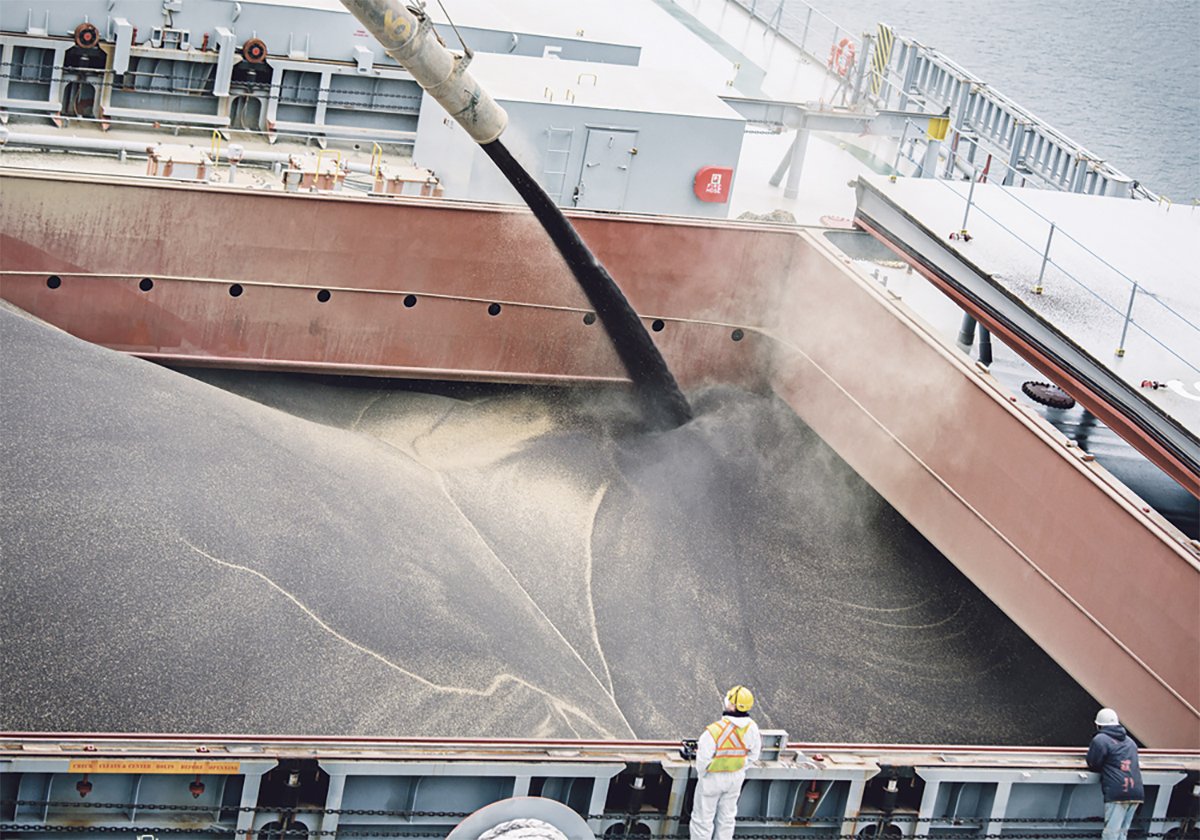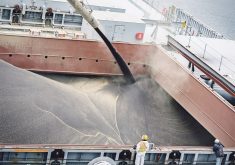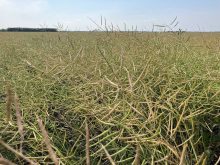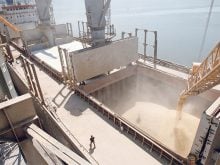Our story this week comparing Canadian and American crop year average returns for spring wheat and durum presents interesting data, but it is not going to end the debate over the Canadian Wheat Board.
The average price data from the U.S. Department of Agriculture has been available for a long time, but in past years the wide differences in exchange rates made comparisons difficult for mere mortal reporters.
This year, with the currencies near par most of the time, the comparison became much easier. However, there are still problems in the comparison. For example, the USDA price is an average of all sales and does not break down its value by quality increments whereas the CWB Pool Return Outlook is based on grade and protein.
Read Also

Exports off to a slow start after last year’s torrid pace
Canadian grain, oilseed and pulse exports are off to a slow start, but there are some bright spots, according to the Canadian Grain Commission’s most recent weekly export data report.
Our story notes that the CWB’s PRO appears to have outpaced the average of all U.S. farmer sales of spring wheat and durum.
The main reason is that American farmers sold most of their wheat and durum before the winter rally. The CWB had more grain available to sell into the rally.
Was this a matter of foresight or just a result of steady selling and price pooling? These numbers don’t answer that question.
But it is also interesting to note that USDA statistics for North Dakota show that if farmers there had divided their durum crop into 12 equal parts and sold one part per month from July 2007 until June this year, they’d have received an average price of $12.27 US per bushel. Remember, that is based on all durum sold, including low and high grades.
The CWB PROs for Manitoba range from $12.43 Cdn for No. 1 CWAD 14.5 percent protein to $11.67 for No. 4 CWAD. No. 5 CWAD is deeply discounted to $7.13 but that is really a feed product.
That suggests that a 12-month pooling program on either side of the border would produce a similar annual average return. It does not provide supportive evidence for the CWB claim that it extracts from the market higher prices than the regular U.S. price.
The CWB is doing its own analysis of these numbers, as is the National Farmers Union. It will be interesting to see their arguments.
















